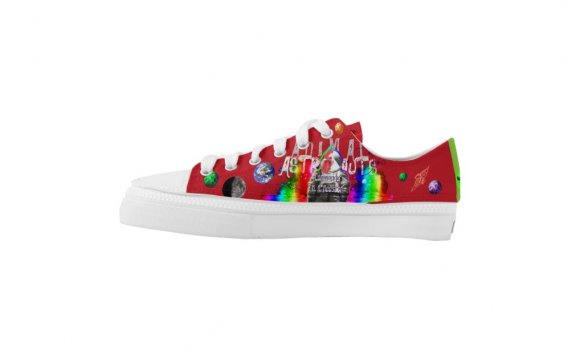
Upon graduation, candidates are promoted to Astronaut and receive their Astronaut Pin. The pin is issued in two grades, silver and gold, with the silver pin awarded to candidates who have successfully completed astronaut training and the gold pin to astronauts who have flown in space.
Russian astronauts are called cosmonauts. After initial training, cosmonauts are assigned as either a test-cosmonaut (космонавт-испытатель, kosmonavt-ispytatel’) or a research-cosmonaut (космонавт-исследователь, kosmonavt-issledovatel’). A test-cosmonaut has a more difficult preparation than a research-cosmonaut and can be the commander or the flight engineer of a spacecraft, while a research-cosmonaut cannot.
Higher ranks include pilot-cosmonaut, test-cosmonaut instructor, and research-cosmonaut instructor.
| Position | Duties | Examples | Comments |
|---|---|---|---|
| Pilot | Overall mission success | As a single-seat spacecraft, the astronauts who flew the Mercury missions were referred to simply as "Pilots". Mercury Pilots were required to have experience as a pilot of high-performance jet aircraft and to be no more than 5 feet 11 inches (180 cm) tall and weigh no more than 180 pounds (82 kg). | |
| Command Pilot | Overall mission success, safety of crew and spacecraft | McDivitt was the first rookie Command Pilot. | |
| Serves as systems engineer, copilot, and would perform any other mission objectives such as EVA's during the Gemini program. | White was the first American who made an EVA (Extra Vehicular Activity). | ||
| Commander | Overall mission success, safety of crew and spacecraft, pilot in command of spacecraft during launch, trans-lunar coast, and earth return coast. Also pilot in command of the Lunar Module. The commander would make the actual descent and landing of LM on the lunar surface, as well as the lunar ascent back to the orbiting CSM. | ||
| Lunar Module Pilot | Flight engineer of Apollo Lunar Module during descent and ascent of the LM also responsible for its systems during all phases of flight between earth and moon. The LMP would callout key information to the commander during the most critical descent and landing phases when all of the commander's attention would be focused out the window and on visually flying the LM to a suitable landing spot on the surface. He would also control the navigation computer and other subsystems of the craft while the commander had hands on the controls to fly the ship down manually the last portion of the descent when manual control was taken over from the computer. | Aldrin was the first "Doctor of Philosophy" (technically, "Doctor of Science (Sc.D.)") in Space | |
| Docking Module Pilot | |||
| Science Pilot | |||
| Overall mission success, safety of crew and Shuttle, maneuvers Shuttle with assistance from Pilot. | All Shuttle commanders have prior spaceflight experience. Requires a degree in engineering, biological science, physical science, or mathematics. Must have at least 1000 hours flying experience on a jet aircraft, and at least 750 simulated landings in the Shuttle Training Aircraft. Must pass a NASA Class I space physical to be certified for flight. | ||
| Assist the Commander in maneuvering the Shuttle. May be responsible for release and recovery of satellites. | Same education and flight experience requirements as a Commander, but does not need prior spaceflight experience. | ||
| Payload Commander (PLC) | A Mission Specialist with additional responsibility for the management of the science or other major payload elements of the mission. | Payload Commanders are always NASA astronauts. | |
| A NASA astronaut assigned to a Shuttle crew with mission-specific duties. | The FE is always Mission Specialist 2 and sits in the S4 seat on the Shuttle flight deck. | ||
| International Mission Specialist | Same as Mission Specialist but may have payload-specific duties assigned by home agency. | ||
| Same as Mission Specialist but with additional education-related duties. | |||
| Technical experts who accompany specific payloads such as a commercial or scientific satellites. | Payload Specialists are non-NASA personnel. The term is also applied to representatives from partner nations such as Saudi Arabia and Mexico who were given the opportunity to fly on the Space Shuttle. | ||
| Same as Payload Specialist, but are military personnel who accompany military payloads. | |||
| People who travel aboard space missions coordinated by those agencies who are not part of the crew. | Christa McAuliffe, Teacher in Space, Space Shuttle Challenger disaster | ||
| Pilot Cosmonaut | |||
| Second Pilot | |||
| Scientist Cosmonaut | |||
| Doctor Cosmonaut | |||
| Vladimir Dzhanibekov, commander of missions to Salyut 6 and Salyut 7 space stations | |||
| Flight Engineer | |||
| No official duties | |||
| Science Officer | Primary responsibility for station's science experiments. A secondary position for an ISS Flight Engineer. |
RELATED VIDEO
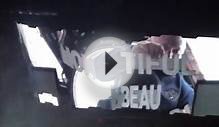
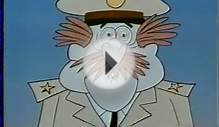
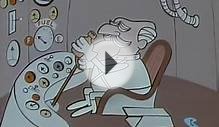

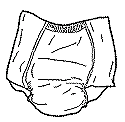 A Maximum Absorbency Garment (MAG) is a piece of clothing NASA astronauts wear during liftoff, landing, and extra-vehicular activity (EVA) to absorb urine and feces. It is worn by both male and female astronauts. Astronauts can urinate into the MAG, and usually wait...
A Maximum Absorbency Garment (MAG) is a piece of clothing NASA astronauts wear during liftoff, landing, and extra-vehicular activity (EVA) to absorb urine and feces. It is worn by both male and female astronauts. Astronauts can urinate into the MAG, and usually wait...








